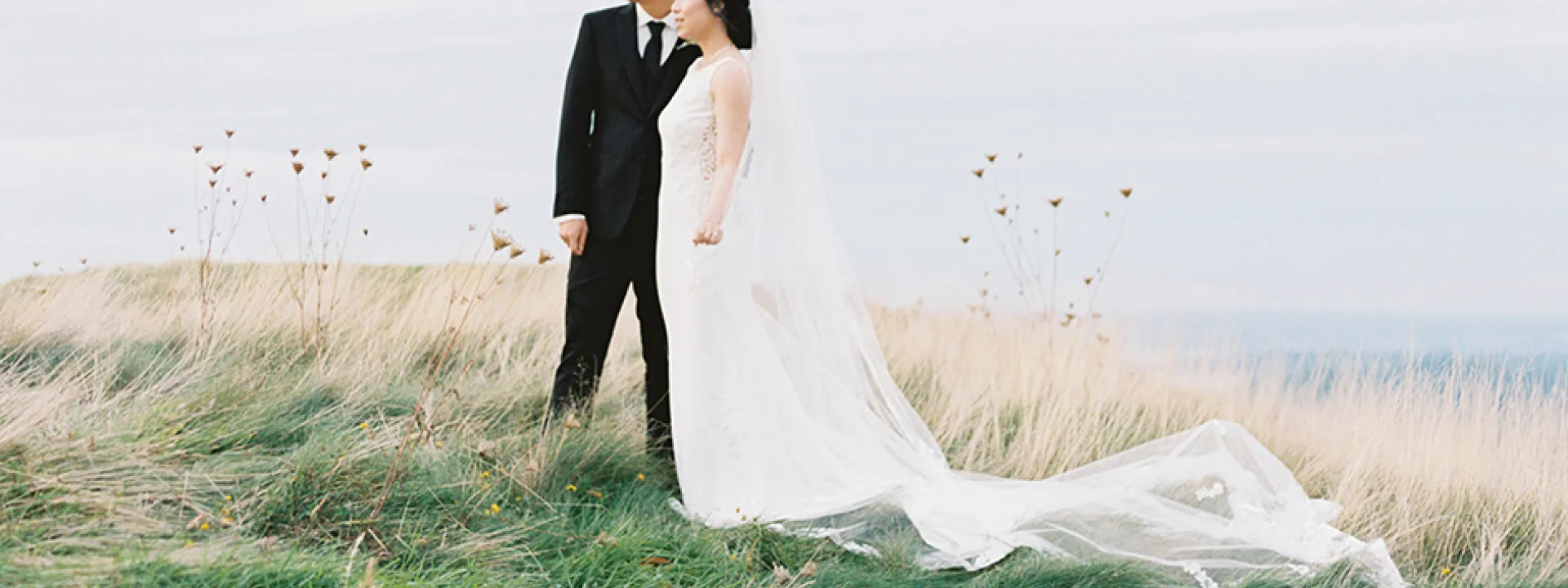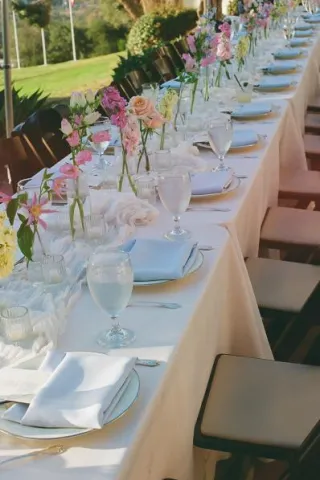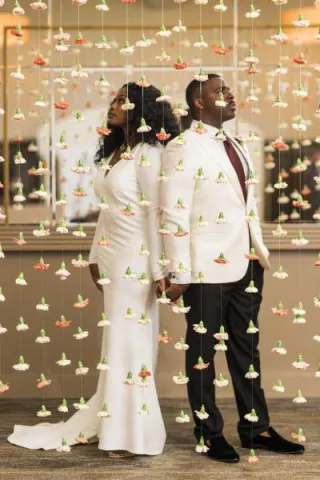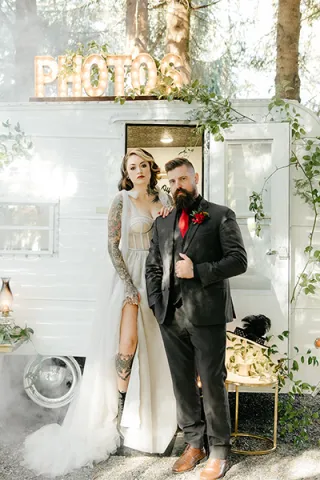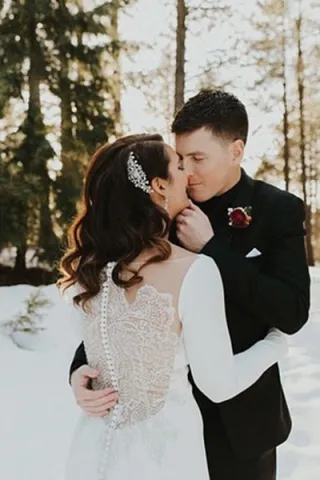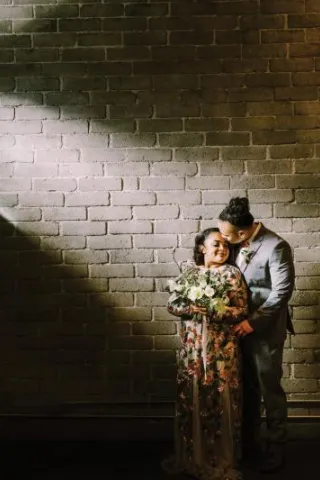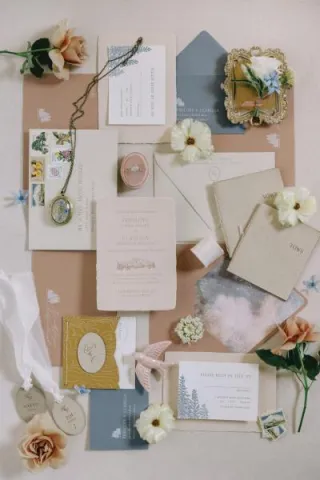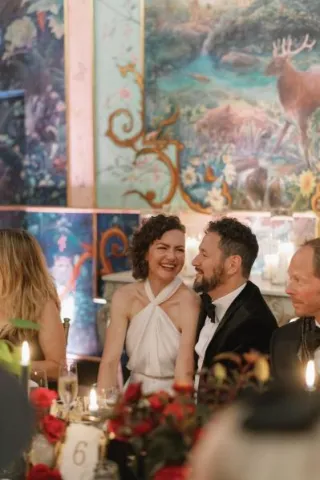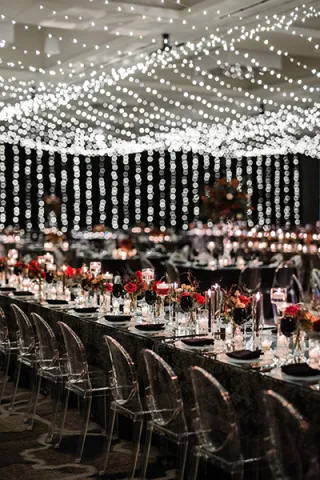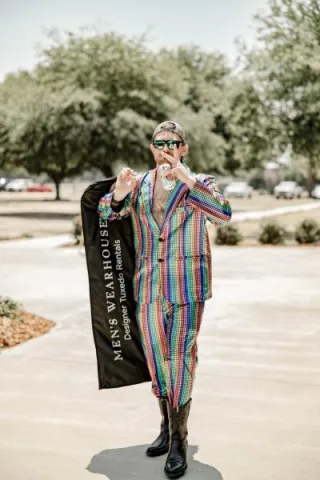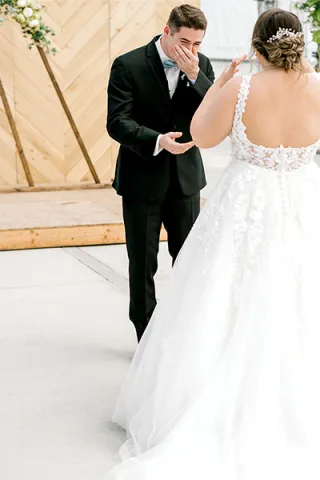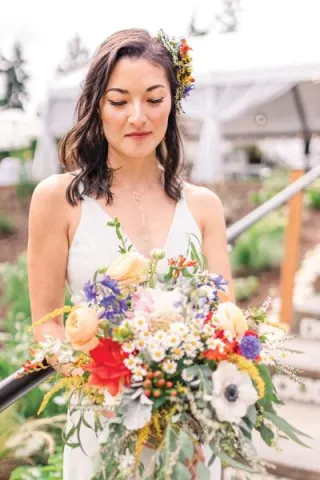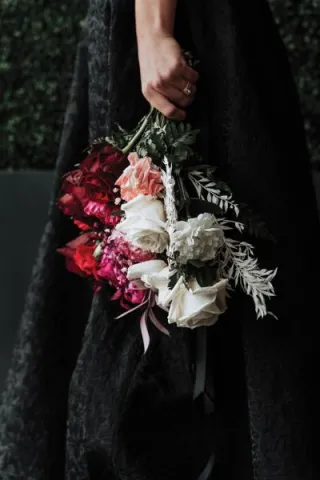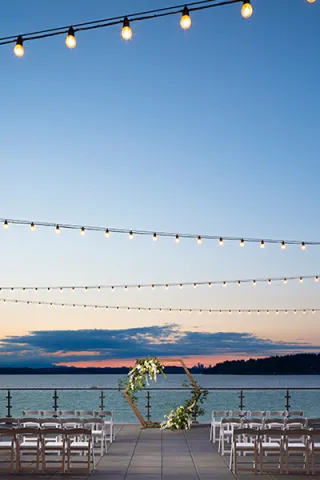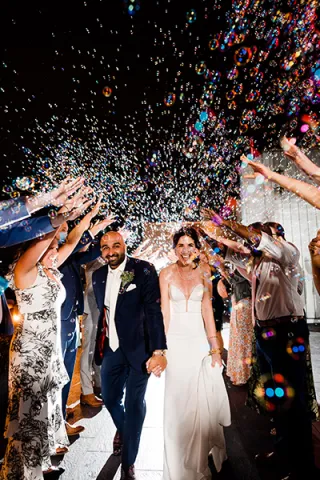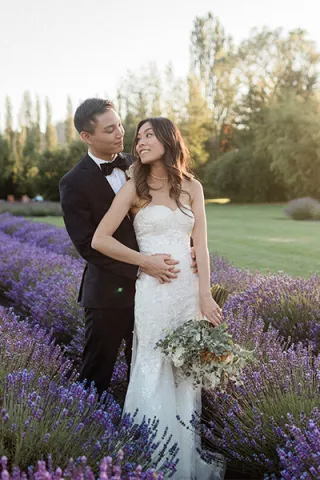There are many important decisions to be made for your wedding day, but one of the most everlasting will be how your photos are taken. Film photography is making a comeback as many couples are being drawn to its grain and character. But how does it compare to now standard digital photos? And which approach would be best for your budget, style and priorities? We talked to some of Seattle’s best film and digital photographers to get the lowdown on the benefits and drawbacks of each style.
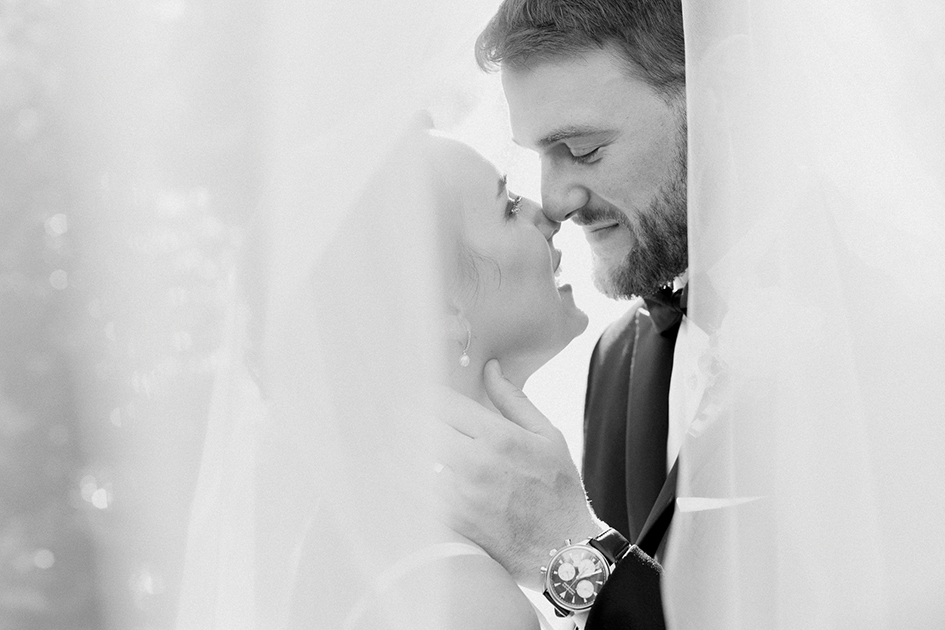
Photography: Sarah Anne Photography / Digital
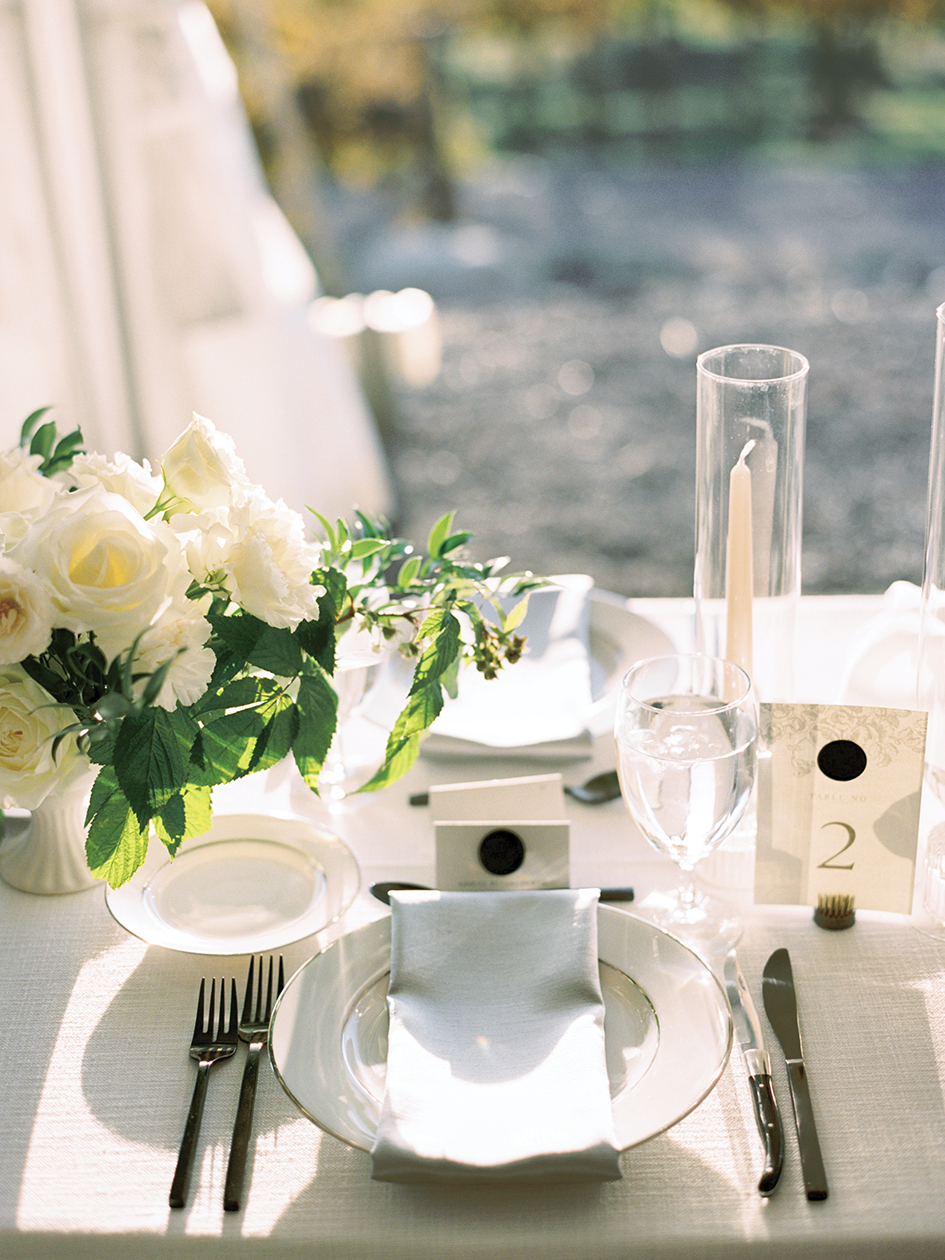
Photography: Mary Pastuh / Film
Film: Slow and Steady
Using film requires photographers to be more intentional with their shots, says photographer Jenn Tai, because it isn’t feasible to take thousands upon thousands of shots, from which photographers then have to winnow the best. “The advantage for the client is [that] a photographer who’s trained in shooting film is going to be very thoughtful about framing and exposure, rather than ‘spraying and praying,’” she says. Sarah Anne of Sarah Anne Photography concurs, saying, “Film’s beauty is that it forces you as an artist to slow down, take your time and ensure you got the shot without actually knowing you got the shot.”
Digital: Capturing Spontaneity
With digital, photographers have virtually no limit to how many photos they can snap, making it possible to catch spur-of-the-moment action shots that would be more difficult to capture on film. “Weddings are highly time-sensitive since there’s so much going on, so efficiency is the main priority. In this context, digital wins every time. Likewise, digital performs better in darker environments, such as receptions,” says Loren Callahan of Alante Photography. “Digital has fail-safes built in, such as the latest technology in auto-focus, that make my work more consistent and allow me to react to sudden events as they happen (laughter, toasts, tears, hugs, etc.),” adds Sarah Anne.
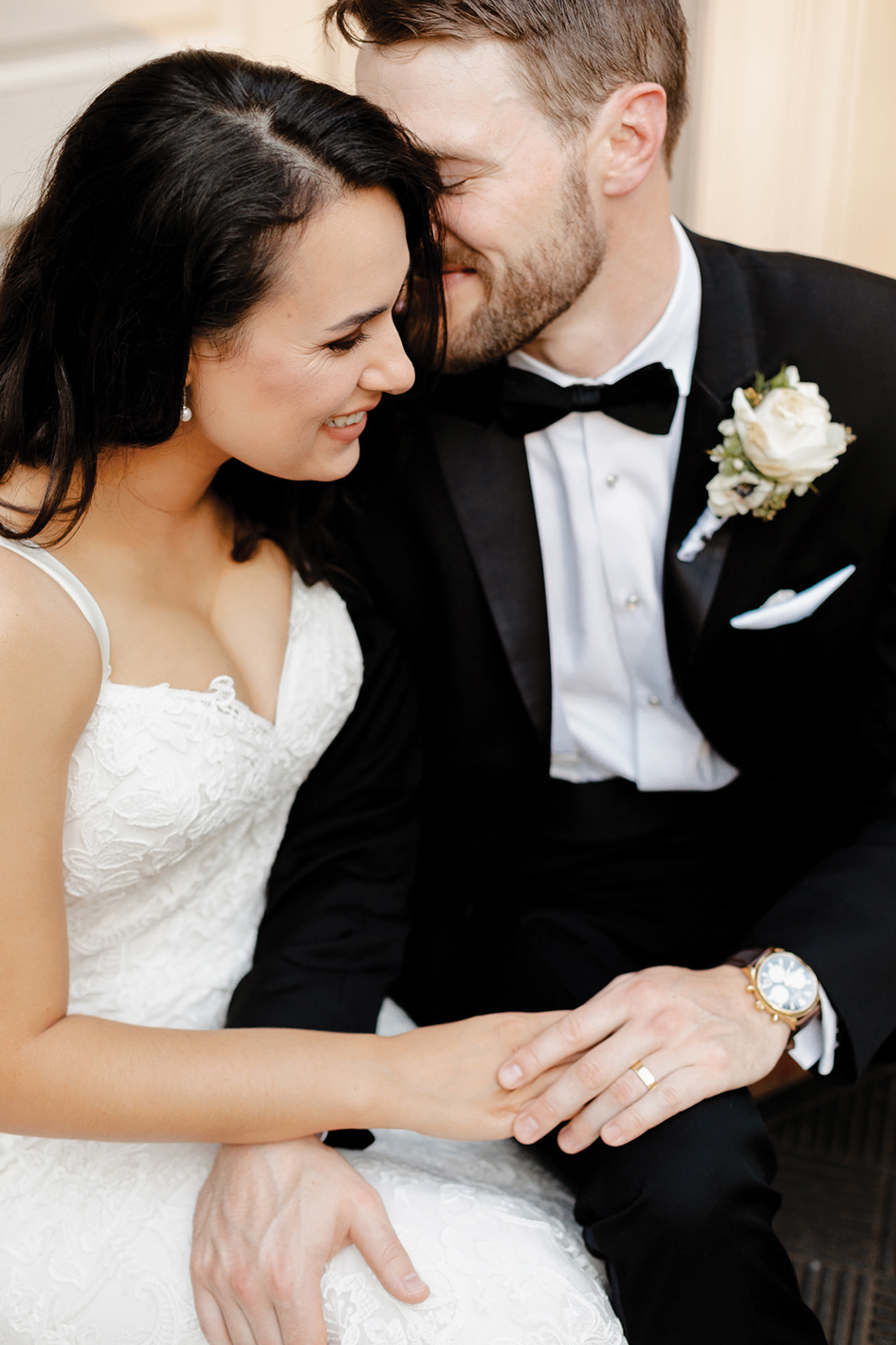
Photography: Sarah Anne Photography / Digital
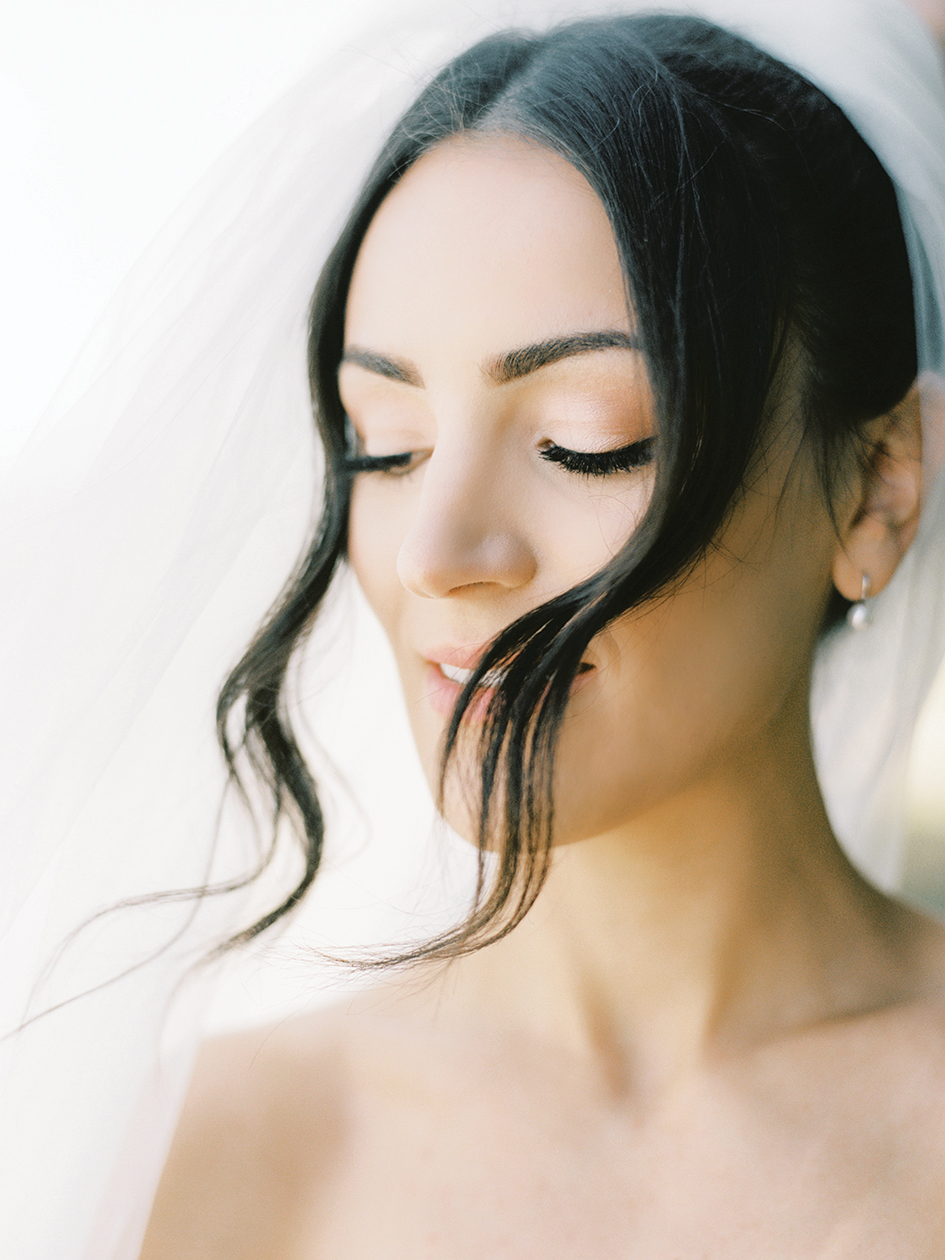
Photography: Mary Pastuh / Film
Film: Nostalgia Has a Price Tag
Film photography, being an analog process, requires many more steps than digital does to achieve that textured, archival look. Unfortunately, this means incurring a few more costs than you would with digital. “The drawback is there is an extra cost to film (for developing, scanning, etc.) that clients will have to cover,” says Tai. Adds Sarah Anne, “There is lots of math and money involved with offering film as a wedding photographer. The cost of film, processing, shipping and scanning is significant. Typically, anywhere from $600 to $900 or more in hard costs alone. Not to mention, trusting your labs to not damage your film, process it correctly and, of course, trusting the mail system to get your film rolls there safely.”
Digital: Faux Film
With modern editing software, many photographers are skilled enough to merge the benefits of film and digital by manipulating digital photos to give them that film look. “I’ve shot both film and digital in my career. A few years ago, you would be able to tell the difference between film and digital (it’s a gear-related reason) if you’re into photography, but these days, one can’t really tell, if one is good at approximating film style using digital,” says Tai. Adds Callahan, “More advanced tech, especially medium-format digital photography, gives me the best of both worlds—I can create the look of film and satisfy those clients who want that look and feel.”
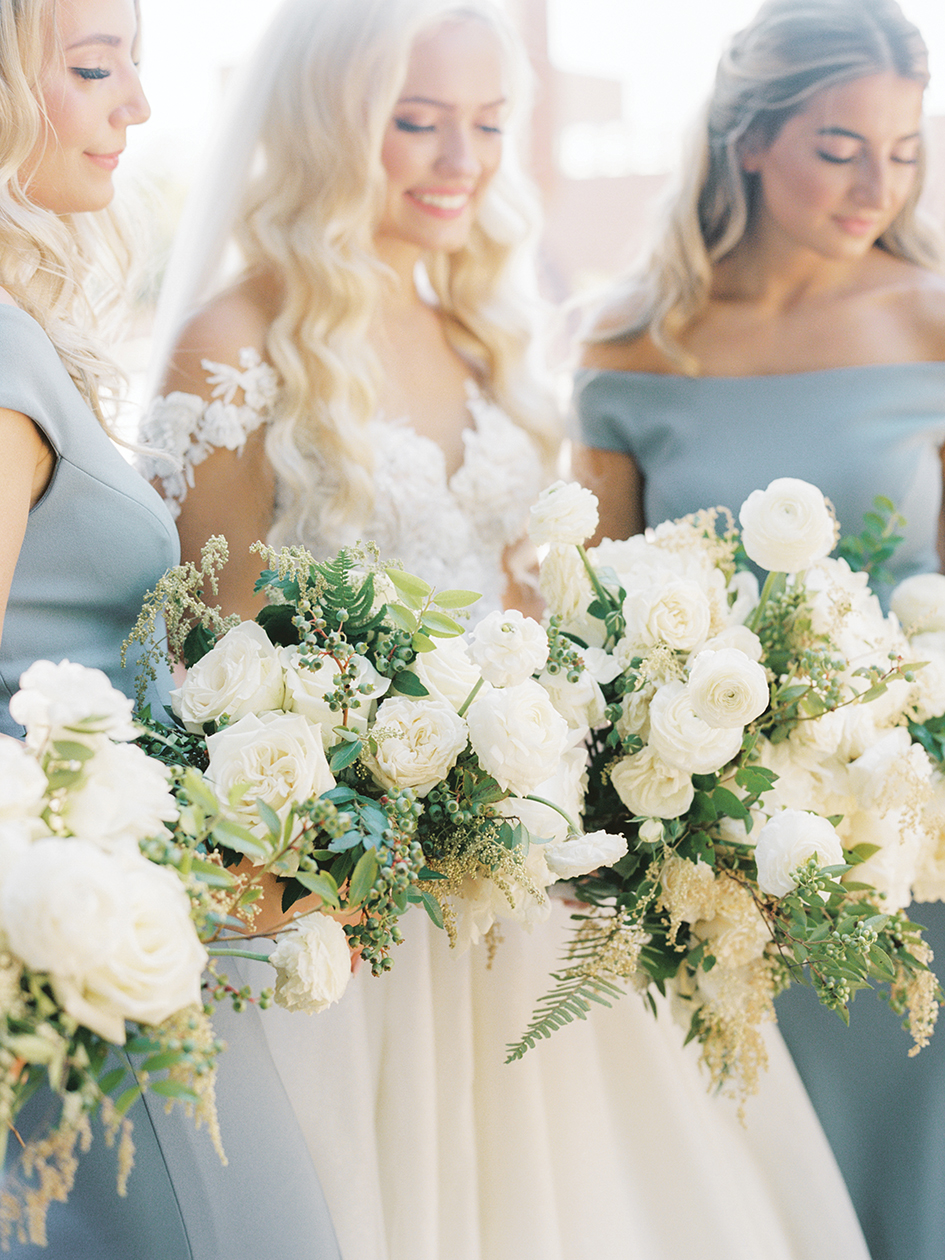
Photography: Mary Pastuh / Film
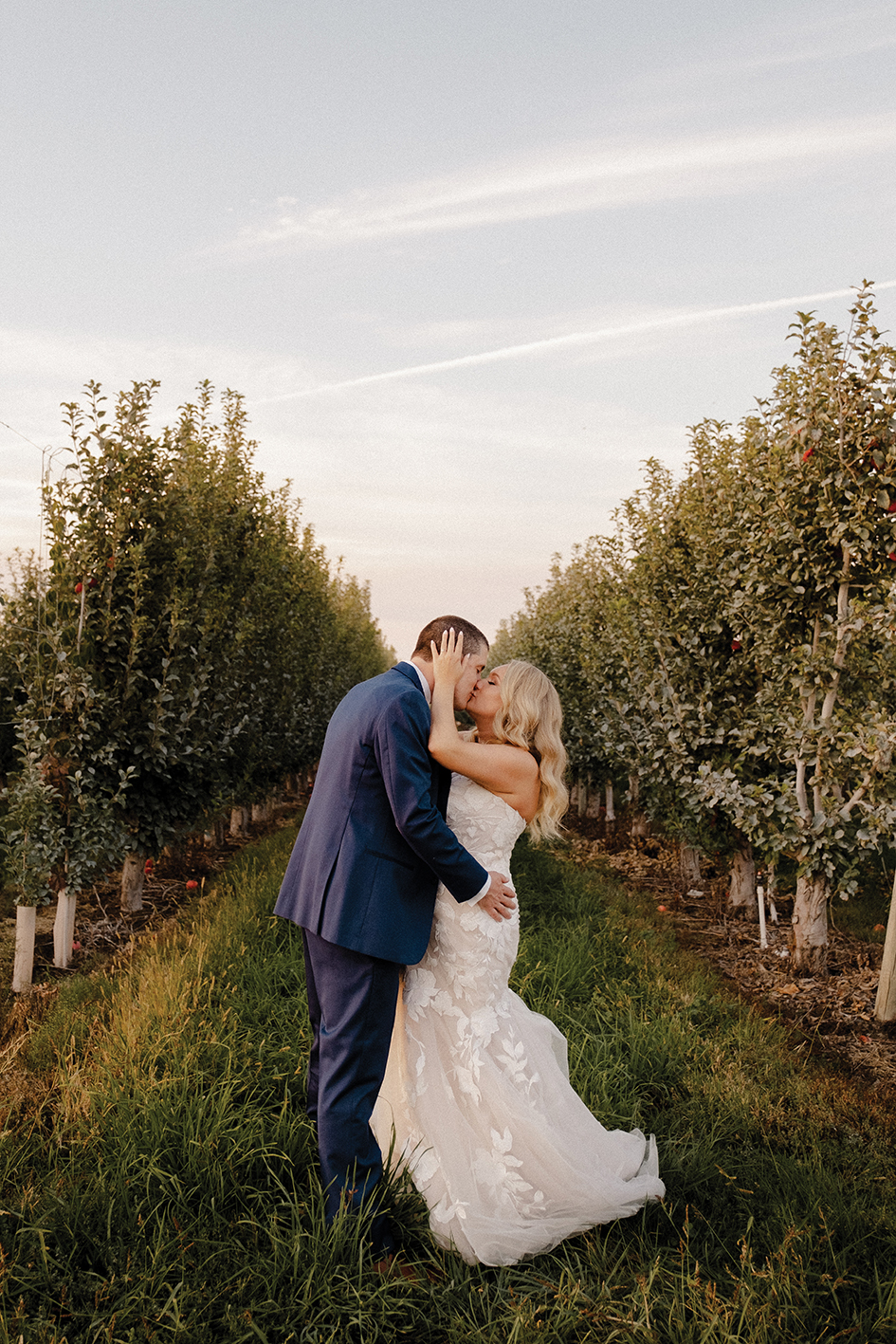
Photography: Sarah Anne Photography / Digital
Film: Timeless Charm
At the end of the day, the appeal of film is in all its quirks, which can make it less appealing than digital on a practical level. Says Sarah Anne, “The beauty of film is in the grain and the gorgeous soft focus of certain film lenses. There is nothing like the magic of watching your images appear on the roll of film or in the dark room while you print. Most film photographers will have their film negatives scanned for digital processing so they can match their digital files, leaving much of that magic in the past.”
“In the end, it’s a ‘nostalgic’ decision, and those who love film photography will ultimately choose it for that reason and be willing to pay the extra cost,” says Tai.
Digital: Foolproof
“For myself, I continue to use film photography as a personal means to grow and nurture the artist within me. Film photography has too many variables for me to trust it as a wedding photographer when a wedding day already has enough variables as it is. To be a great wedding photographer, your gear must be an extension of yourself. Using your camera must be so intuitive that you can operate with your hands on autopilot while your mind and eyes are constantly moving, thinking, calculating and watching,” says Sarah Anne.
"In the end, it’s a ‘nostalgic’ decision, and those who love film photography will ultimately choose it for that reason and be willing to pay the extra cost." – Jenn Tai
